Microsoft Azure Percept promises to make edge computing a doddle
The company hopes to create an edge ecosystem that rivals the success of the Windows operating system
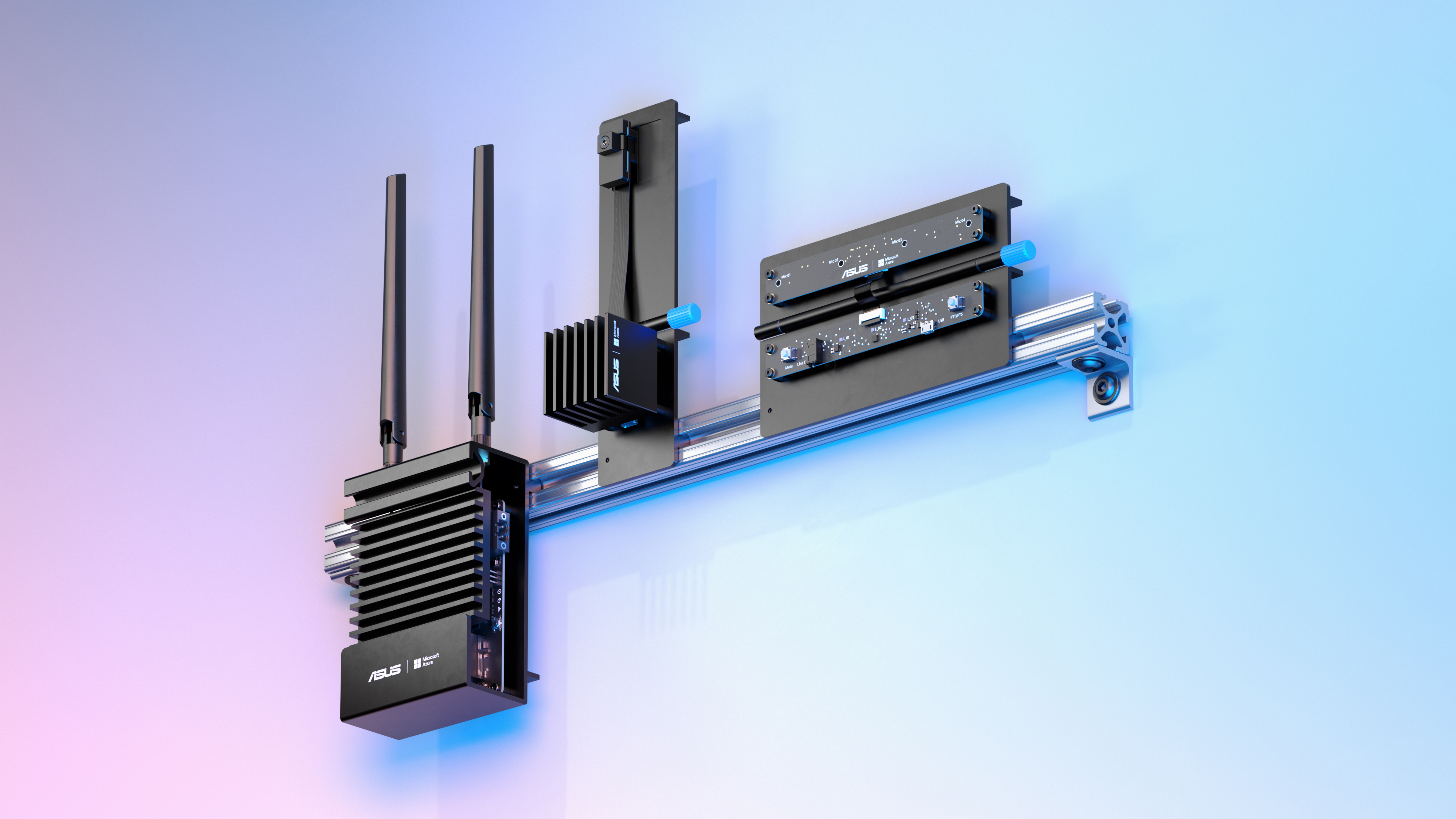
Microsoft has announced a new platform designed to make it easy to build and operate artificial intelligence-powered technology for use in low-power edge devices, such as cameras and audio equipment.
The Azure Percept Development Kit (DK), which is available in public preview from today, promises to provide a single, end-to-end system that enables customers without coding knowledge to develop an AI product from the ground up.
The hope is that this new platform will help create a Microsoft-powered ecosystem of edge devices designed for low-power implementations, in essence replicating its success with the Windows operating system in the PC market.
The platform, announced at Microsoft Ignite, will run alongside Azure Percept Vision and Azure Percept Audio, two bolt-on services that can connect to Azure cloud services such as Azure AI, Azure Machine Learning, Azure Live Video Analytics, and Microsoft’s various IoT services.
Early concepts suggest the platform is initially aimed at use-cases involving retail and warehousing, where customers can take advantage of services like object detection, shelf analytics, anomaly detection and keyword spotting, among others.
Microsoft explained that the DK “significantly” lowers the bar for what is required to build edge technology, particularly as most implementations require some degree of engineering and data science expertise to make them a success.
“With Azure Percept, we broke that barrier,” said Moe Tanabian, Microsoft vice president and general manager of the Azure edge and devices group. “For many use cases, we significantly lowered the technical bar needed to develop edge AI-based solutions, and citizen developers can build these without needing deep embedded engineering or data science skills.”
Sign up today and you will receive a free copy of our Future Focus 2025 report - the leading guidance on AI, cybersecurity and other IT challenges as per 700+ senior executives
Customers signing up to the platform will also be provided with a range of edge-enabled hardware that allows for processes like speech and image recognition to take place without requiring a connection to the cloud. Initially, this will be built by Microsoft, however, the company also confirmed that third-party manufacturers will be able to build equipment that’s certified to run on the Azure Percept platform.
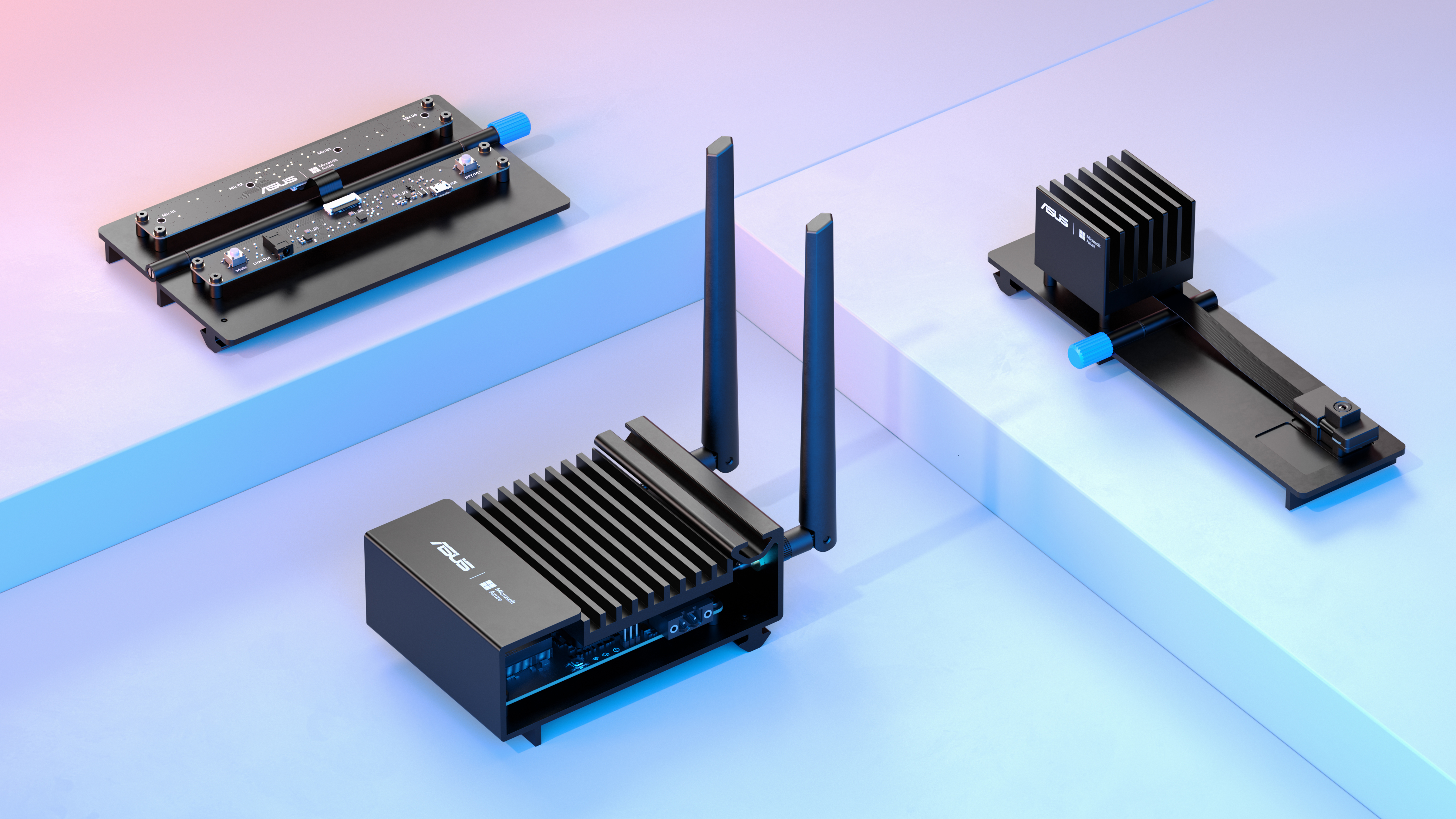
“We’ve started with the two most common AI workloads, vision and voice, sight and sound, and we’ve given out that blueprint so that manufacturers can take the basics of what we’ve started,” said Roanne Sones, corporate vice president of Microsoft’s edge and platform group. “But they can envision it in any kind of responsible form factor to cover a pattern of the world.”
Microsoft’s own hardware also uses the industry-standard 80/20 T-slot framing architecture, which it claims will make it easier for customers to run pilots of their ideas with existing edge housing and infrastructure.
Elevators that are able to respond to custom voice commands, cameras that notify managers when shelves have low stock, and video streams that monitor for availability in car parks are just a few examples of how the technology could be deployed, Microsoft explained.
Azure Percept Studio, another bolt-on service, will provide step by step guides taking customers through the entire lifecycle of an edge tool, from design to implementation. Perhaps most importantly, customers using Percept Studio will also have access to AI models created by the open source community.
Dale Walker is a contributor specializing in cybersecurity, data protection, and IT regulations. He was the former managing editor at ITPro, as well as its sibling sites CloudPro and ChannelPro. He spent a number of years reporting for ITPro from numerous domestic and international events, including IBM, Red Hat, Google, and has been a regular reporter for Microsoft's various yearly showcases, including Ignite.
-
 Gender diversity improvements could be the key to tackling the UK's AI skills shortage
Gender diversity improvements could be the key to tackling the UK's AI skills shortageNews Encouraging more women to pursue tech careers could plug huge gaps in the AI workforce
-
 Researchers claim Salt Typhoon masterminds learned their trade at Cisco Network Academy
Researchers claim Salt Typhoon masterminds learned their trade at Cisco Network AcademyNews The Salt Typhoon hacker group has targeted telecoms operators and US National Guard networks in recent years
-
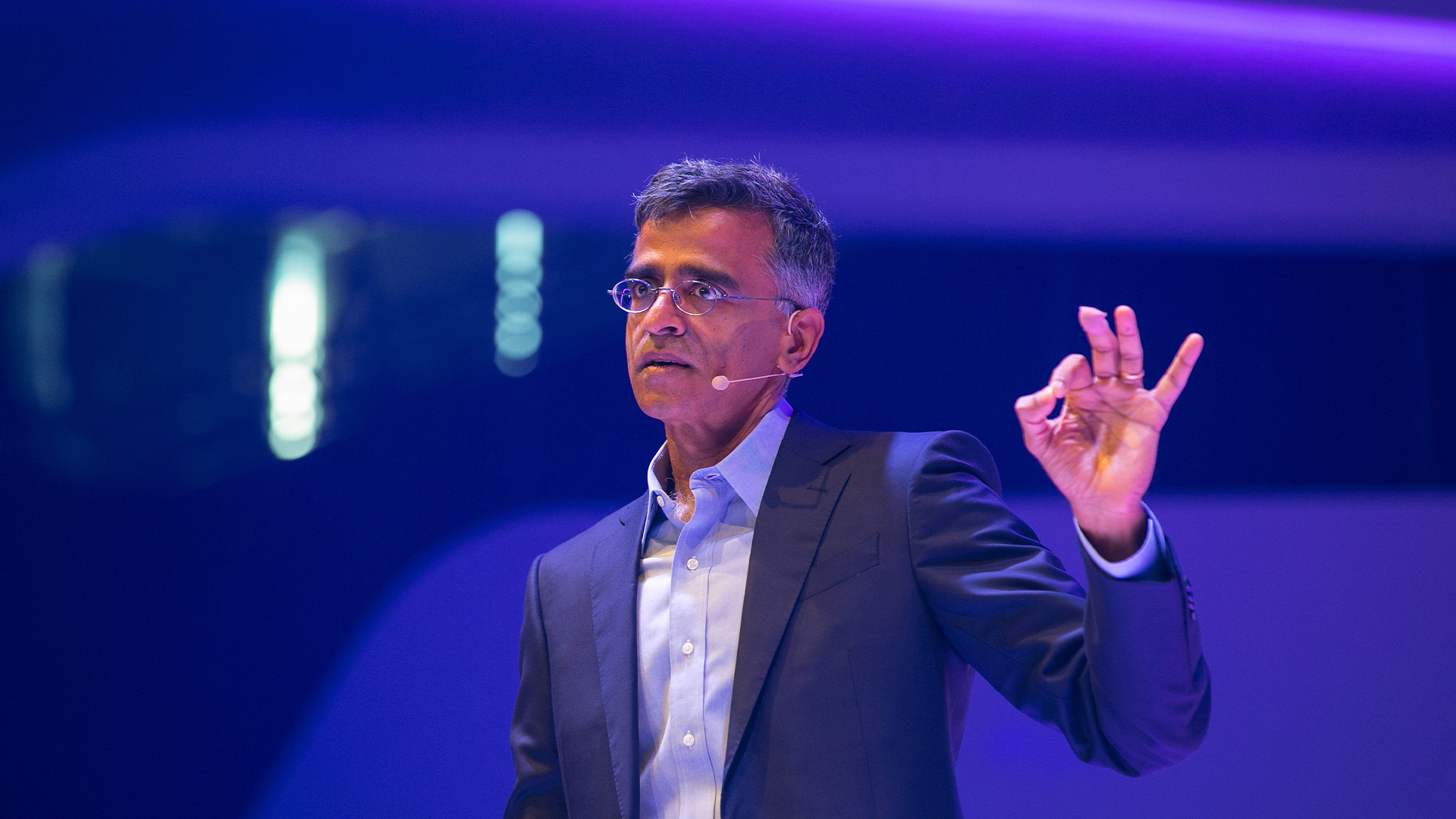 Channel Focus: All you need to know about Snowflake's partner program
Channel Focus: All you need to know about Snowflake's partner programSnowflake wants partners to help with its mission to make 'the AI era' easy, efficient, and trusted...
-
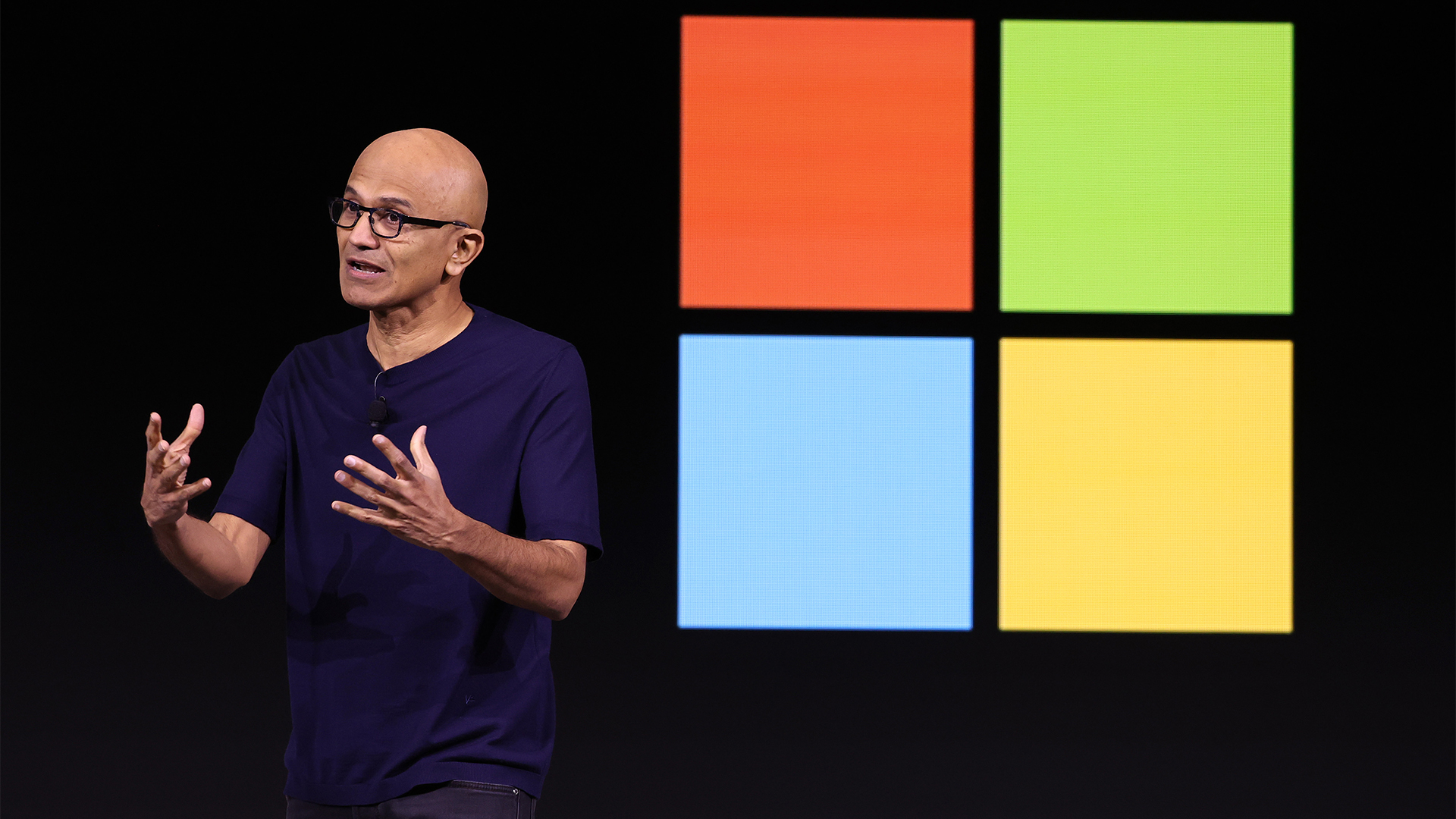 Microsoft sharpens agentic AI focus with new ‘CoreAI’ division
Microsoft sharpens agentic AI focus with new ‘CoreAI’ divisionThe new department will bring together teams from across engineering and AI
-
 Microsoft unveils Azure AI Foundry to help businesses consolidate AI across their tech stack
Microsoft unveils Azure AI Foundry to help businesses consolidate AI across their tech stackNews The new AI application creation and management platform will integrate Azure AI Studio, and plug into popular IDEs such as Visual Studio to help developers and IT professionals drive AI adoption
-
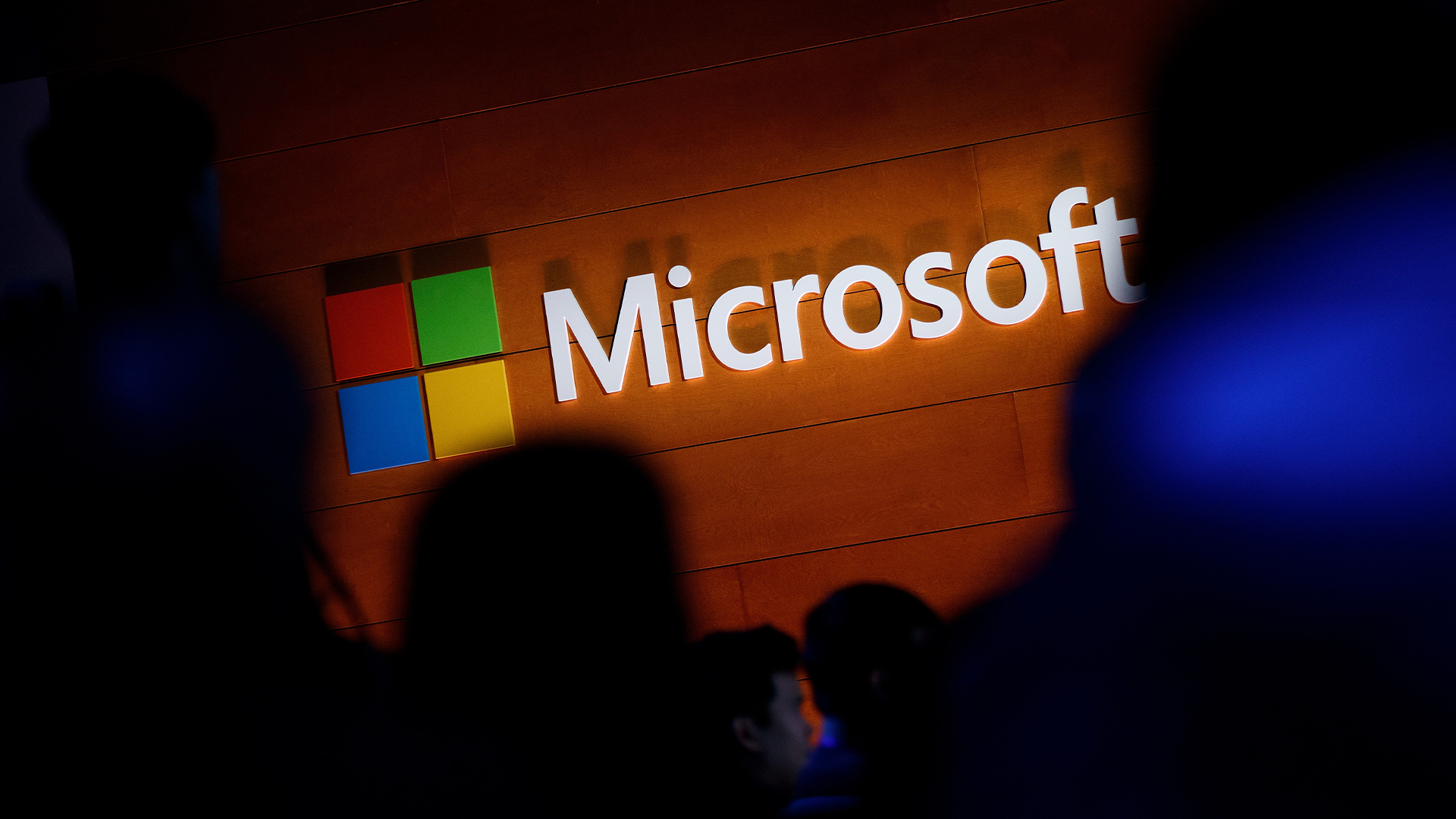 Hyperscaler AI spending is getting out of control — and Microsoft says it could take 15 years for it to make good on investments
Hyperscaler AI spending is getting out of control — and Microsoft says it could take 15 years for it to make good on investmentsNews Tech giants' results show billions being poured into AI infrastructure, but big leaps in revenue remain elusive
-
 Achieving business outcomes with generative AI
Achieving business outcomes with generative AIWebinar Take your hybrid cloud journey to the next level with generative AI
-
 Digital transformation in the era of AI drives interest in XaaS
Digital transformation in the era of AI drives interest in XaaSWhitepaper Driving the adoption of flexible consumption XaaS models
-
 Microsoft’s Mistral AI partnership has EU regulators concerned - here’s why
Microsoft’s Mistral AI partnership has EU regulators concerned - here’s whyNews Microsoft has found its European champion in Mistral AI, but regulators worry the deal raises questions over the scope of control and influence the tech giant will have over the French startup
-
 Six steps to success with generative AI
Six steps to success with generative AIWhitepaper A practical guide for organizations to make their artificial intelligence vision a reality